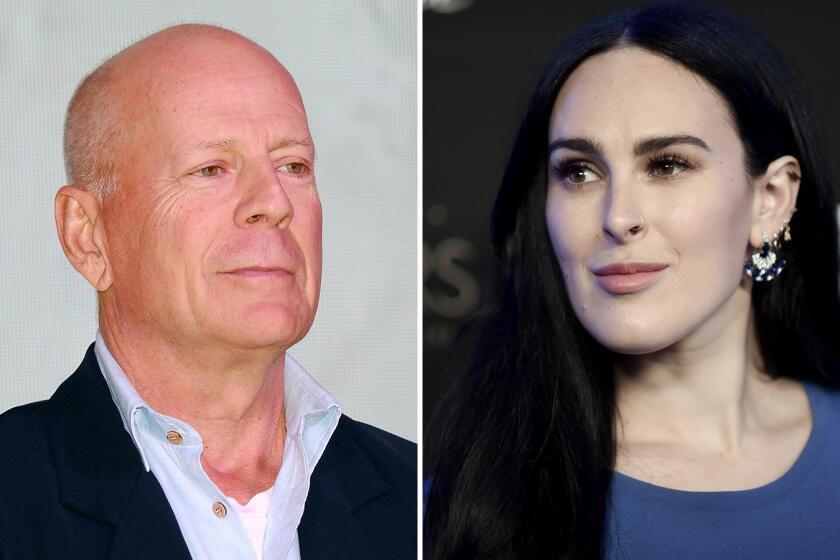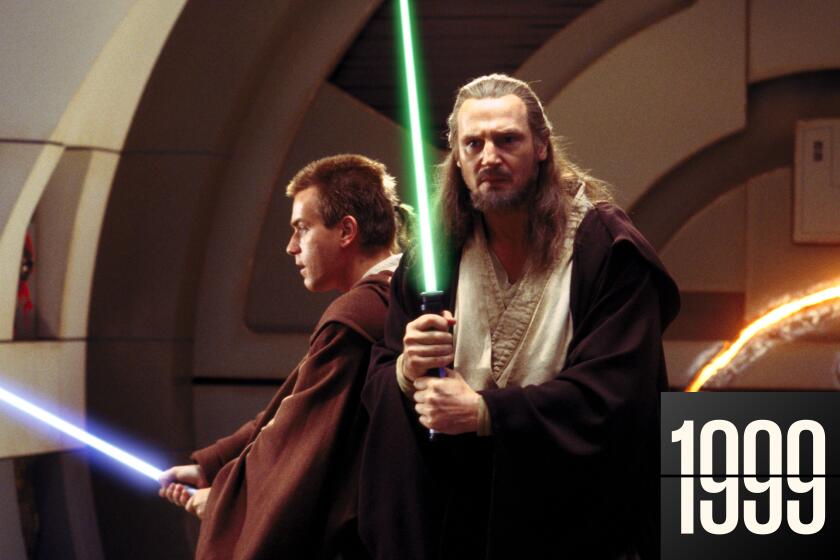Voyager 1 exits solar system, takes Bach with it
Voyager 1, the NASA space probe that left Earth in 1977, has officially exited the solar system and is now the first manmade object to enter interstellar space. And it took with it classical music.
NASA on Thursday made the big announcement that the probe, which is 12 billion miles from the sun, probably left the solar system a year ago.
Among the objects Voyager 1 is carrying as it travels toward deep space is the so-called “Golden Record” -- a 12-inch gold-plated copper disk that contains greetings, images, sounds and recordings of music intended to be heard by extraterrestrial intelligence.
RELATED: Voyager 1 has left the solar system
The music selection on Voyager skews noticeably classical, with the inclusion of seven classical selections out of a total of 27 tracks.
The tracks include excerpts from the following pieces: the first movement of Beethoven’s Fifth Symphony; “The Rite of Spring” by Stravinsky; the Queen of the Night aria from Mozart’s “The Magic Flute”; and Beethoven’s String Quartet No. 13 in B flat, Opus 130.
The most highly represented composer is Bach, with three excerpts: the first movement of the Brandenburg Concerto No. 2 in F; “Gavotte en rondeaux” from the Partita No. 3 in E major for Violin; and Prelude and Fugue in C, No.1, from The Well-Tempered Clavier, Book 2.
Contents of the Golden Record were chosen by a committee chaired by the late Carl Sagan, according to NASA. The record’s musical selections also feature indigenous and pop music.
The Voyager 2 probe, which was launched shortly before its twin, is also carrying a Golden Record.
NASA said on Thursday that the cost of the combined cost of the Voyager 1 and Voyager 2 missions is about $988 million through September.
ALSO:
‘Prometheus’ seeks out classical music in deep space
Vanger vs. Wagner? ‘Dragon Tattoo’ family has familiar ring
‘A Dangerous Method,’ ‘Melancholia’ take cues from Richard Wagner
More to Read
The biggest entertainment stories
Get our big stories about Hollywood, film, television, music, arts, culture and more right in your inbox as soon as they publish.
You may occasionally receive promotional content from the Los Angeles Times.







